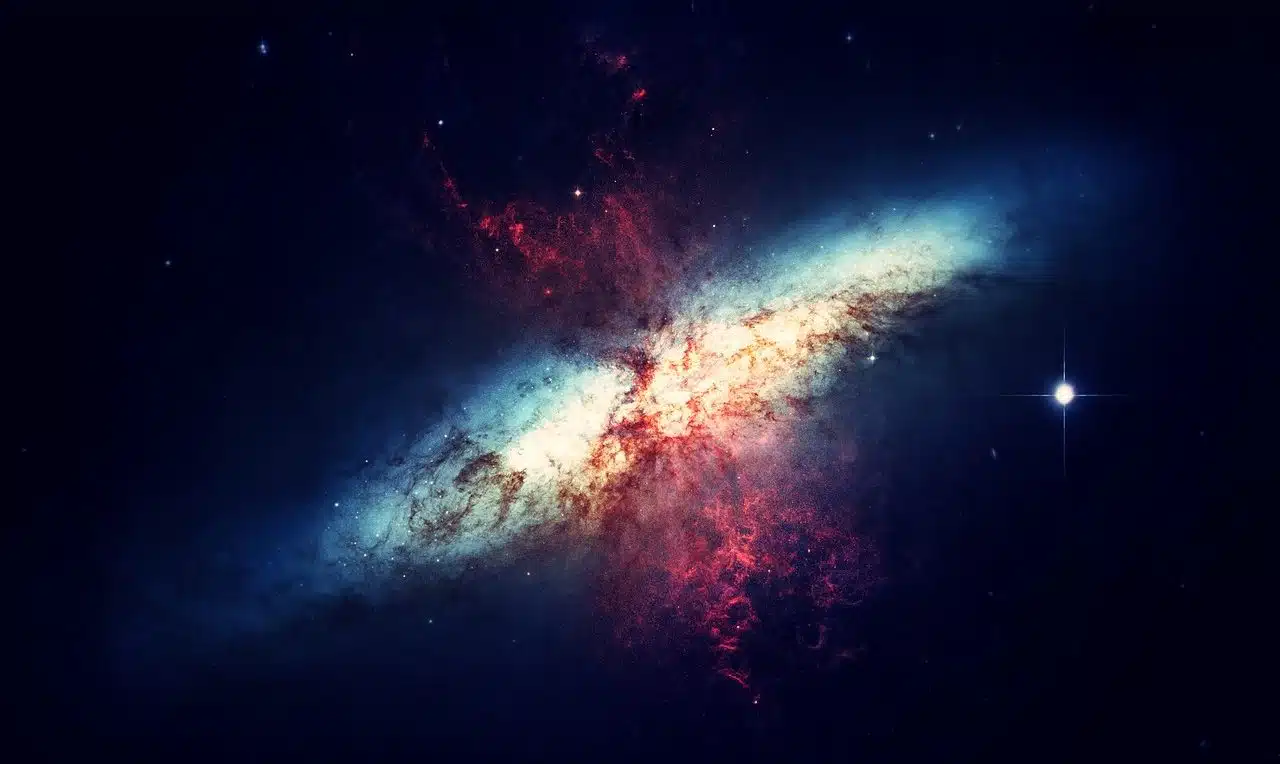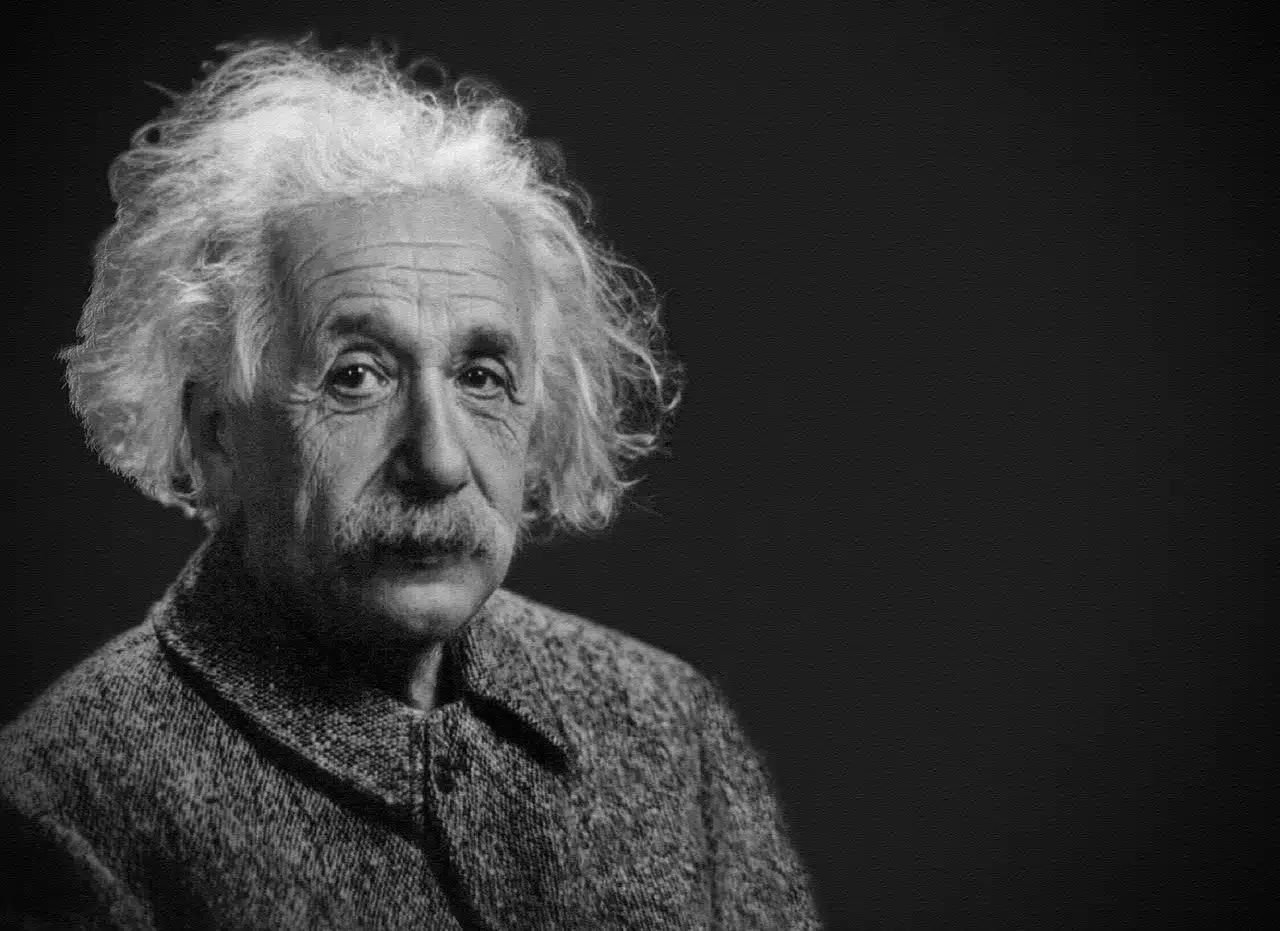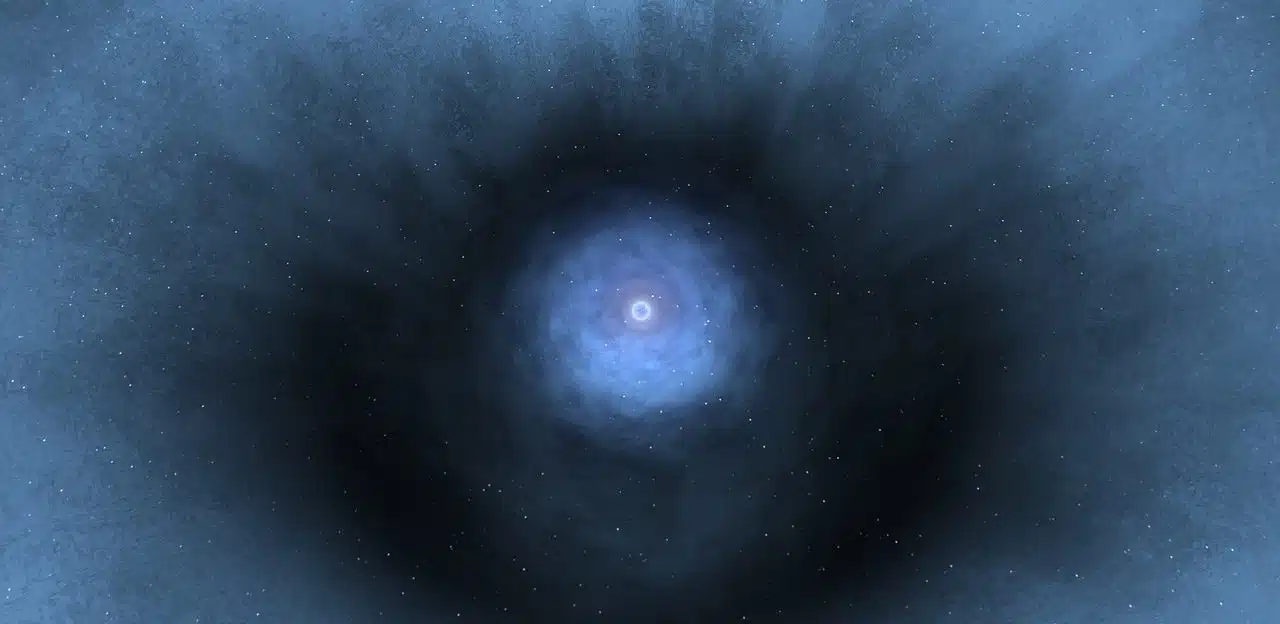
The study and appreciation of gravitational waves is essential to understand more and better the universe, its components and its mysteries.
Gravitational wave is the expression used in Spanish to refer to a fluctuation or vibration of a concentric, invisible and very fast nature that occurs in the universe . In 2017 , North Americans Kip S. Thorne , Barry C. Barish and Rainer Weiss were awarded the Nobel Prize in Physics for their conclusive contributions to an instrument called LIGO and their valuable work in relation to gravitational waves .
The dizzying movement of this phenomenon, which is quite complex to detect and cannot be reflected or stopped by anything, as determined by the experts who have analyzed it, is equivalent to the speed of light . As it advances, each gravitational wave causes alterations in space - time (lengthening it in one direction and shortening it in another) from the contraction and stretching of everything that crosses its path, thus distorting space and affecting radiation .
It was Albert Einstein , within the framework of the content of the theory of relativity , who proposed the existence of gravitational waves and, since then, research, ideas and hypotheses about them have not stopped.
The professor, mathematician and theoretical physicist John Dyson , for example, came to venture the possibility of transforming this kind of wave into energy , while a group of astronomers managed to detect the hum or sound effect caused by these vibrations that are born, for example , when two black holes collide or merge. They could also be caused by a pair of large stars orbiting each other, the vibration of cosmic strings , the merger of neutron stars or by a supernova .
Properties of a gravitational wave
Before focusing attention on the properties of a gravitational wave, it is extremely important to note that, although this event was predicted many years ago, it was not until 2015 that gravitational waves were detected for the first time. The achievement was achieved thanks to the sensitivity and precision of LIGO (Laser Interferometry Gravitational Wave Observatory) , an instrument that captured at that time ripples associated with a very ancient collision of black holes that merged more than a million years ago, spreading into that act an energy similar to approximately three solar masses . Perhaps, specialists in this matter hope, gravitational waves will be useful to understand and be able to reliably establish, among other issues, what the distinctive signs of dark matter are, what hitherto unknown properties celestial bodies have and what happened as soon as it happened. the Big Bang with radiation and matter .
It is also interesting to note that the exchange of more than one graviton related to the so-called gravitational waves has been linked to the emergence of gravity which, far away and long ago from Einstein 's perspective, is a consequence of the curvature of space -time .

Albert Einstein was the first to point out that gravitational waves are the result of certain powerful and harmful phenomena or processes that take place in the universe.
Another fact that deserves to be highlighted: a gravitational wave has the ability to create light as it flows through matter, whose density is decisive regarding the features or particularities of each of the emissions. On the other hand, it is worth mentioning that the analysis of the collision involving neutron stars according to what was detected allows us to suggest that both a light particle and electromagnetic waves, as well as the aforementioned gravitational waves, perceive four dimensions (these are time and, the rest, spatial dimensions).
Discovery and detectors
Above we mentioned that the official discovery of gravitational waves dates back to 2015 and that, for that discovery, the use of LIGO was key. But the development of detectors is not limited to that equipment capable of detecting high-frequency gravitational waves whose wavelength is calculated to be around 2900 kilometers.
There is also an instrument called VIRGO (gravitational wave detector) and a Japanese observatory for this type of waves that has been named KAGRA .
The three complement each other in order to enrich and revolutionize gravitational wave astronomy , in addition to collecting valuable data to expand human knowledge regarding the characteristics of the universe .

The observation of gravitational waves linked to merging black holes is of great relevance in relation to learning about, for example, dark matter.
With technology and advances in scientific research, it has even been possible to see, not long ago, gravitational waves that have low frequencies but very long wavelengths .
NANOGrav (North American Nanohertz Observatory for Gravitational Waves) , to add another reference, was created with the intention of establishing what frequencies gravitational waves have. The ambitious project has led to the involvement of almost two hundred scientists who have been in charge of tracking, for years and using three radio telescopes , radio waves linked to dozens of pulsars .
In the short and medium term, the challenge for specialists in the use and interpretation of interferometers is to improve existing equipment and develop more innovative detectors that offer greater range, more precision and higher sensitivity compared to the instruments designed so far.
